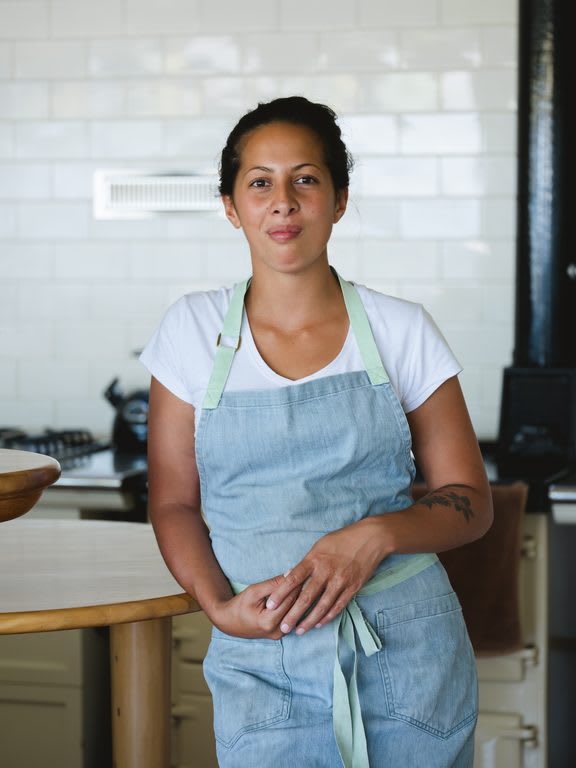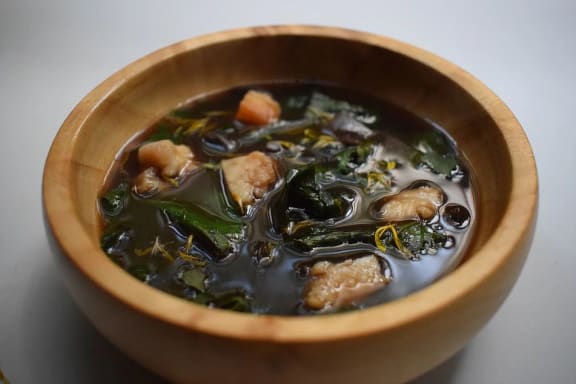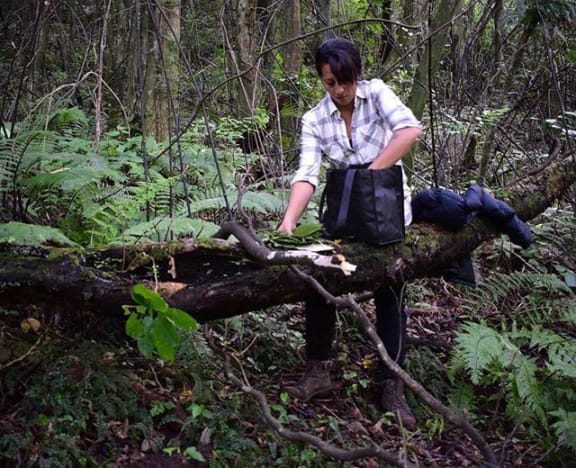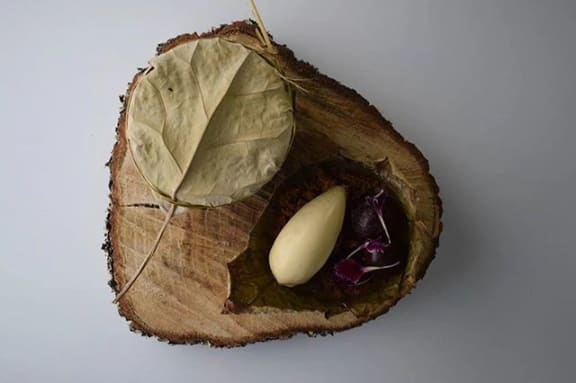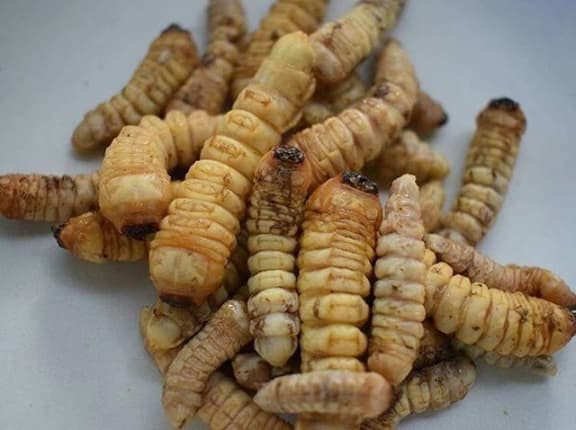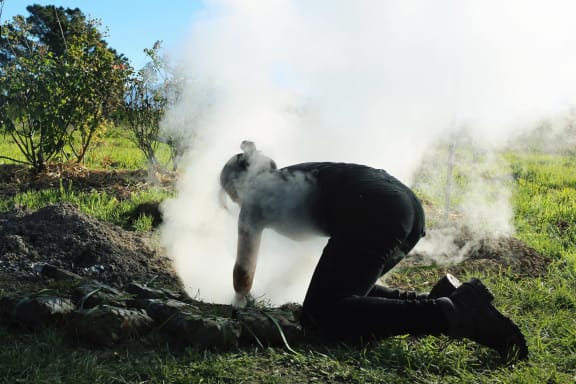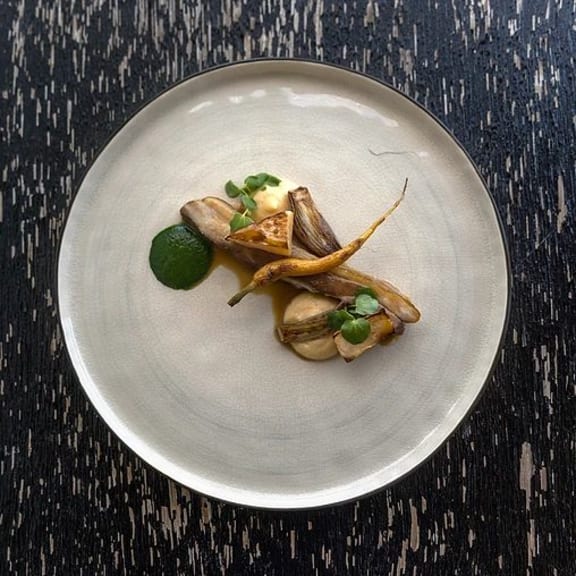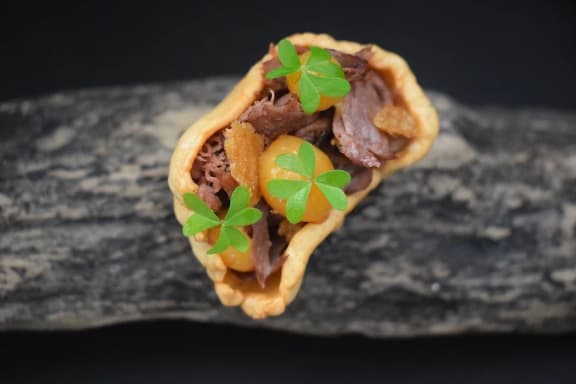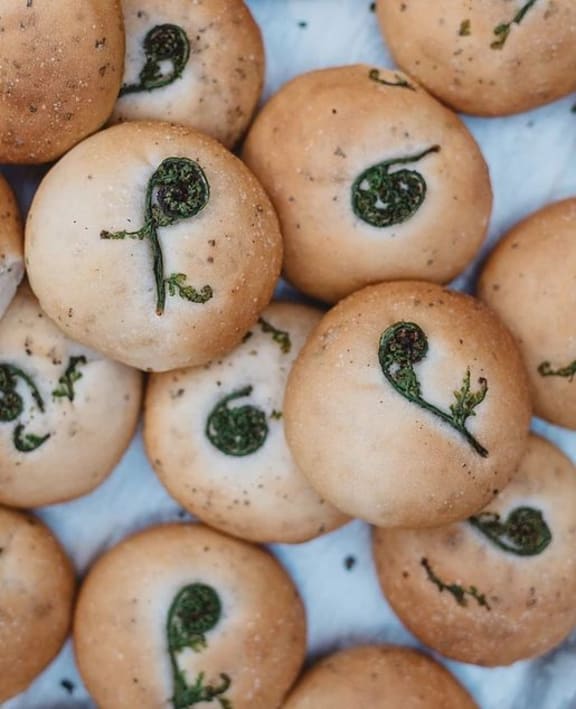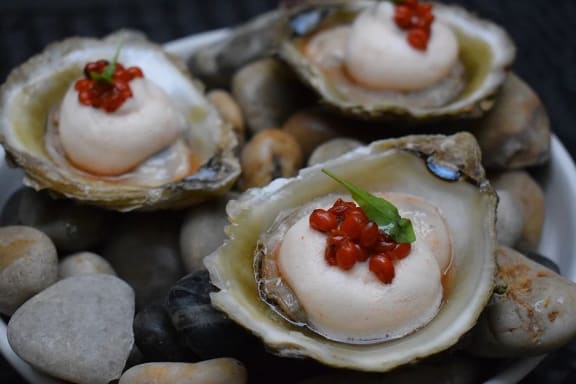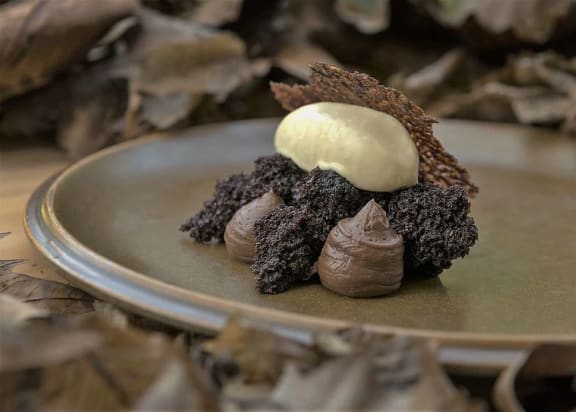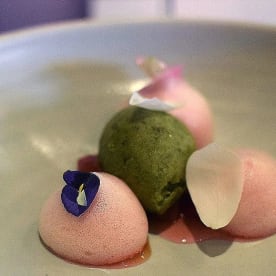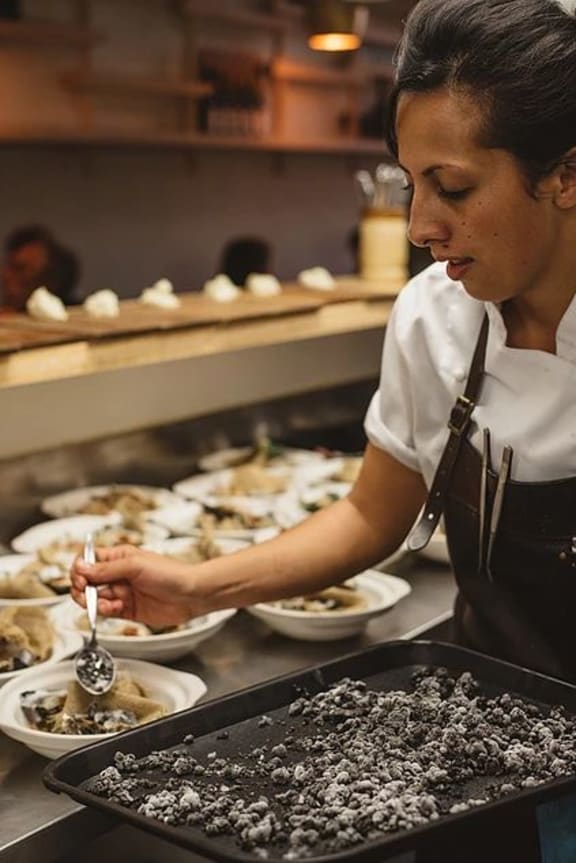Monique Fiso's mission is to elevate Māori cuisine.
After the success of Hiakai – her series of pop-up tent restaurants – Monique's first permanent restaurant opens in Wellington this year.
When she came back home in 2016 after seven years working in New York's fine dining kitchens, Monique says she was puzzled to find no Māori restaurants, let alone fine dining restaurants, and thought "Why don't I give it a try?"
Monique's mum is of Māori heritage and her dad Samoan.
She still remembers the day she found out East Porirua – where she grew up – wasn't actually part of Samoa.
"I was about four and it was a really sunny day. I turned to my dad and said 'Man, I keep seeing ads on TV for this New Zealand place, we should go there sometime'. He said 'Where do you think you are?' I was like 'Samoa?', cause it was a very brown neighbourhood.' He was like 'No, honey. You're in New Zealand'. I was like 'mind blown…' I was so taken aback by that fact that I went and lay down on the trampoline in the sun and just had to take a moment."
Monique (now 30) did her chef's training at the Wellington Institute of Technology and learned avant-garde, highly technical cooking while working for Martin Bosley for a couple of years.
Māori cuisine has both interesting ingredients and cool techniques, Monique says, and there's a lot more to it than hāngi (cooking food using heated rocks buried in a pit oven).
To school up, she read horticulture books on indigenous plants, scoured the internet and asked "anybody who knew anything about Māori cuisine", including international chef Joe McLeod.
Monique finds Māori ingredients are reminiscent of others she's used in fine dining kitchens, and creates her dishes by playing around with those similarities.
"I just keep working at it and testing it till I'm like 'Okay, now we have something delicious'."
Supplejack – a rainforest vine – reminded her of a slightly bitter asparagus and also rapini (broccoli rabe) which she'd cooked with at the New York Italian restaurant A Voce.
Kawakawa – a small tree whose leaves are used medicinally – has a refreshing taste that she associated with sorbet, so she made a kawakawa sorbet.
Karamu – a little orange berry Māori used as a dye for cloaks – initially tastes sweet then has a slightly bitter note, Monique says.
"So, to me, I'm like 'That would be a really great background in maybe a dressing."
Oysters are topped with a traditional French mignonette dressing made with bright orange karamu vinegar.
Wood ear mushroom – a chewy brown fungus Māori ate only in times of need – is dried to become a powder with an 'umami' taste "sort of like a natural MSG" that Monique uses to flavour stocks, sauces and broths.
Monique's new restaurant will be a small room in the central Wellington suburb of Mount Cook, she says.
"I like intimate restaurants and I like being able to be one-on-one with the diners and talk to them and get to know them," she says.
Related:
Monique Fiso talks Māori kai with Jesse Mulligan
Monique's take on a boil-up - Pork Broth, Roasted Pork Shoulder and Dough Boys
